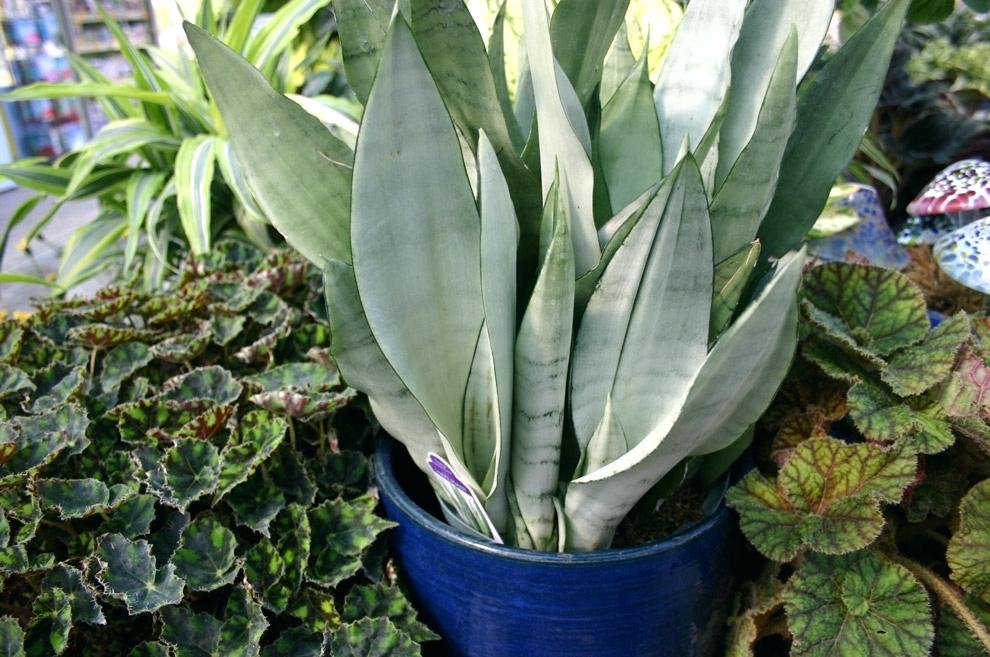Moonshine Snake Plant, or Sansevieria Moonshine is a variety of the Piketail plant, distinguished by its silvery variegation. It can also be found on sale under the trade name Silver Moon.
Table of Contents
“Moonshine Snake Plant” Sansevieria Moonshine: Description and Photo
Like all piketail plants, Sansevieria Moonshine is an evergreen plant. It has no aboveground stem. Leaves appear immediately from the ground, collected in a rosette.
The color of Sansevieria Moonshine is light, with a silvery tint, for which the name was given. A dark green stripe runs along the edge of the leaf.
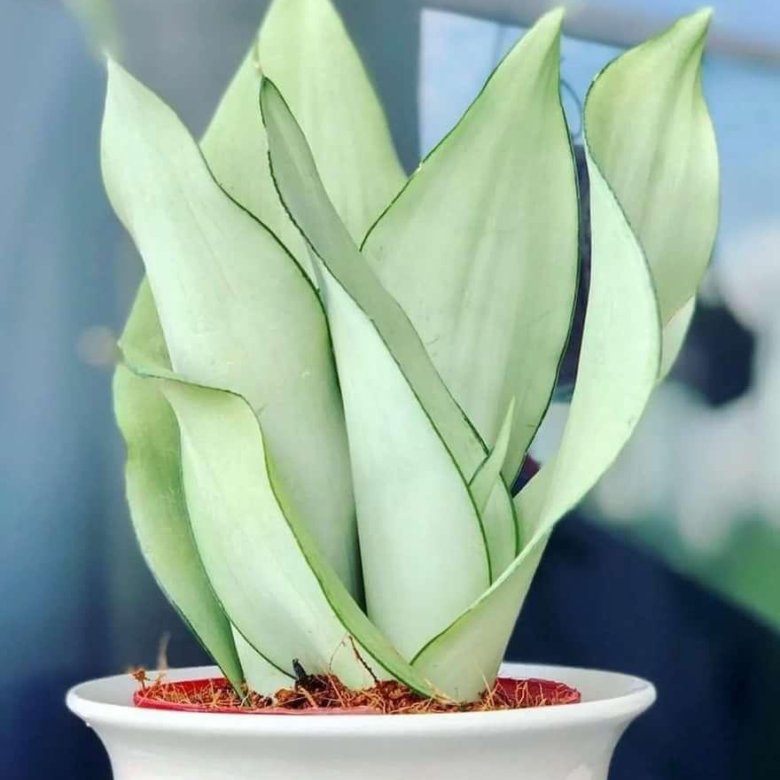
As the rosette matures, the leaves begin to darken. This is typical for all varieties of pike tails.
Over time, the leaf blades acquire a rich green color. It becomes almost impossible to distinguish the silvery tint on them. But the dark green border around the edge, characteristic of the variety, remains.
The average width of the leaf blade is 8 cm. The height of Sansevieria Moonshine depends on the variety.
The low-growing variety grows up to 25-30 cm. Among its other features is a wide, “spreading” rosette. The leaves do not grow vertically upward but are directed sideways.
It is believed that the low-growing variety of Sansevieria Moonshine greens much more slowly than others.
A medium-sized variety produces leaves up to 40-50 cm high. A tall variety can exceed 80 cm in height. The leaf blades are directed upwards, not sideways. The longer the leaves, the less their inclination and the narrower the rosette.
Silver variegation is not the only mutation characteristic of this variety of piketail.
There is a so-called Sansevieria Moonshine mutant or Brazilian. You can recognize it by the dark green stripes on the silver leaf.
Sansevieria Moonshine can also become crested. This term refers to plants where a mutation has occurred and the growth point has become elongated, turning into a line.
Sansevieria Moonshine: Care Tips

The conditions required by Sansevieria Moonshine differ little from those required by other varieties of piketail.
Lighting
Succulents need good lighting. After a short adaptation, they can be placed on a south-facing window in direct sunlight. In the shade, the leaf blades become narrower and less dense.
As for the decorative color of Sansevieria Moonshine, there are opposing opinions. Many gardeners adhere to the classical point of view that the brighter the lighting, the longer the silvery variegation persists.
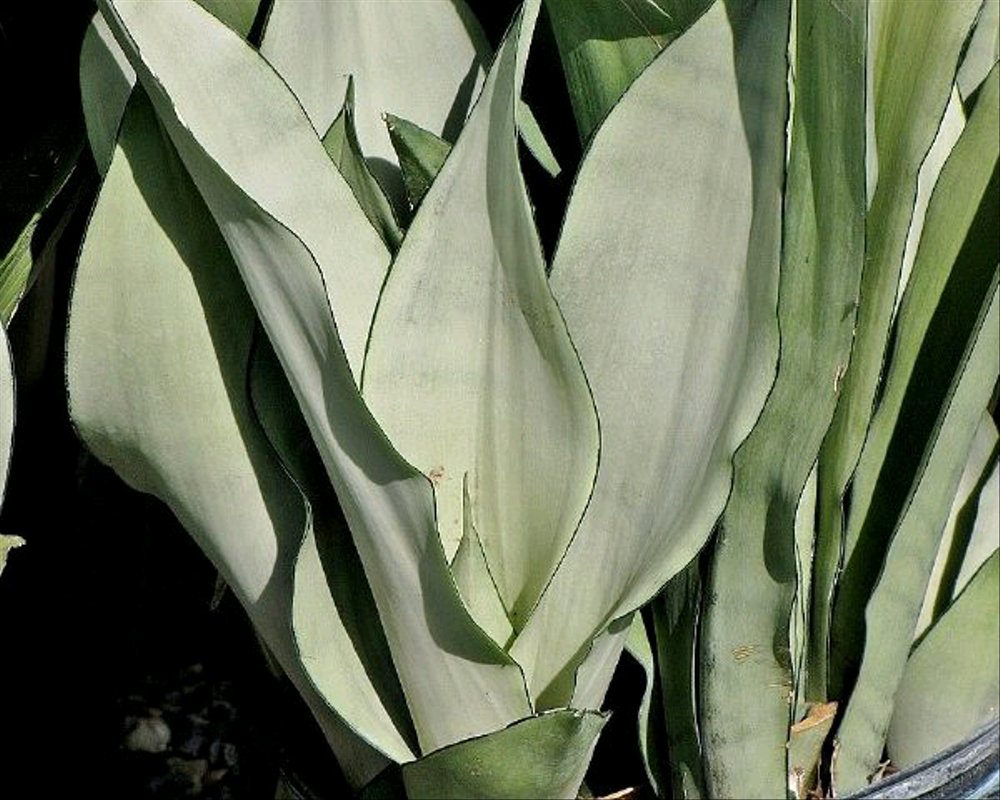
Others, on the contrary, believe that the less light falls on a plant, the less chlorophyll in its cells. This means that it does not acquire a dark green color longer. Therefore, although Sansevieria is not a shade-loving plant, Moonshine Snake Plant is often recommended to be kept in light partial shade.
Watering
Sansevieria Moonshine should be watered no more than once every 7-10 days. In winter, this period is increased to 20 days.
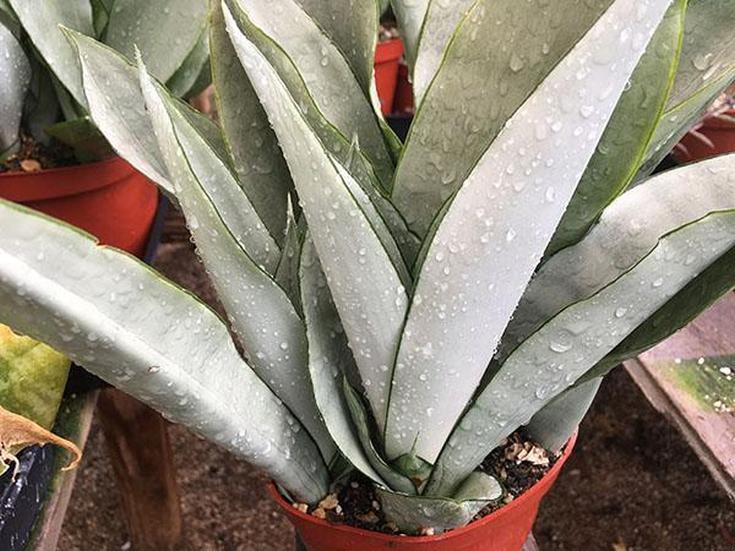
The main thing is to pay attention not to the period, but to the condition of the soil. It should have time to dry completely between waterings. Over-moistening is much more destructive for the pike tail flower than drought.
Watering should be plentiful to wet the earthen ball. Watering a little every 2-3 days is a mistake.
For irrigation use soft, settled water. You can take it passed through a reverse osmosis filter. The water should be at room temperature or a few degrees warmer. Watering with cold water causes root rot.
Water is poured along the edge of the pot and make sure that it does not fall into the center of the outlet.
Temperature and humidity
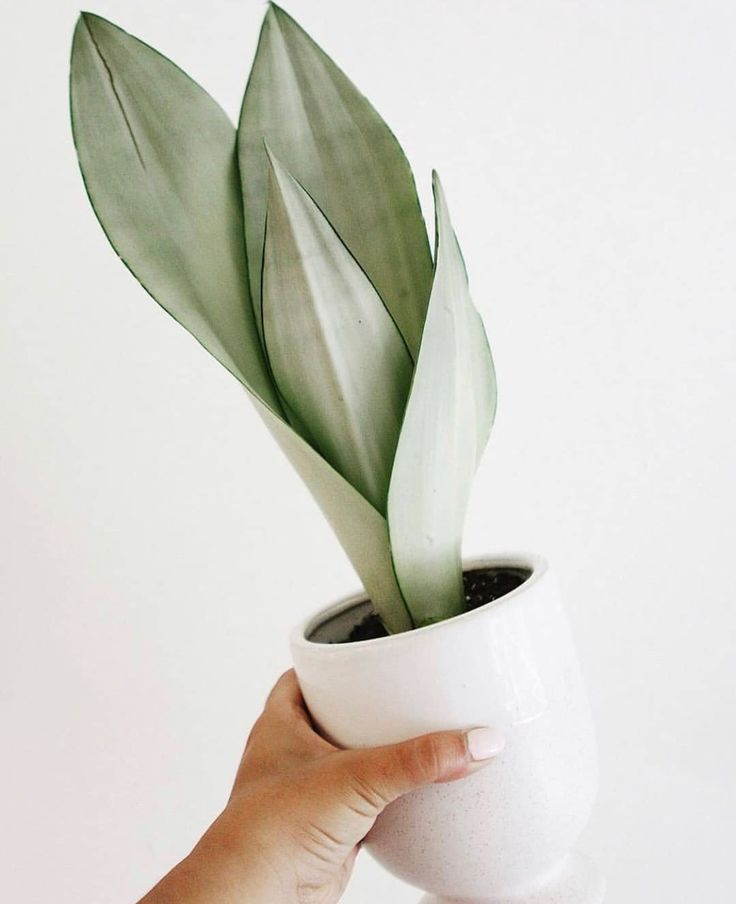
Sansevieria Moonshine is an unpretentious plant and tolerates a wide temperature range from 18°C to 28°C. In winter it can be kept at 16°C.
It also does not require high humidity. On the contrary, spraying can lead to leaf rotting. To remove dust from them, it is enough to wipe the leaf plates with a slightly damp cloth once every 2-3 weeks.
Fertilizer
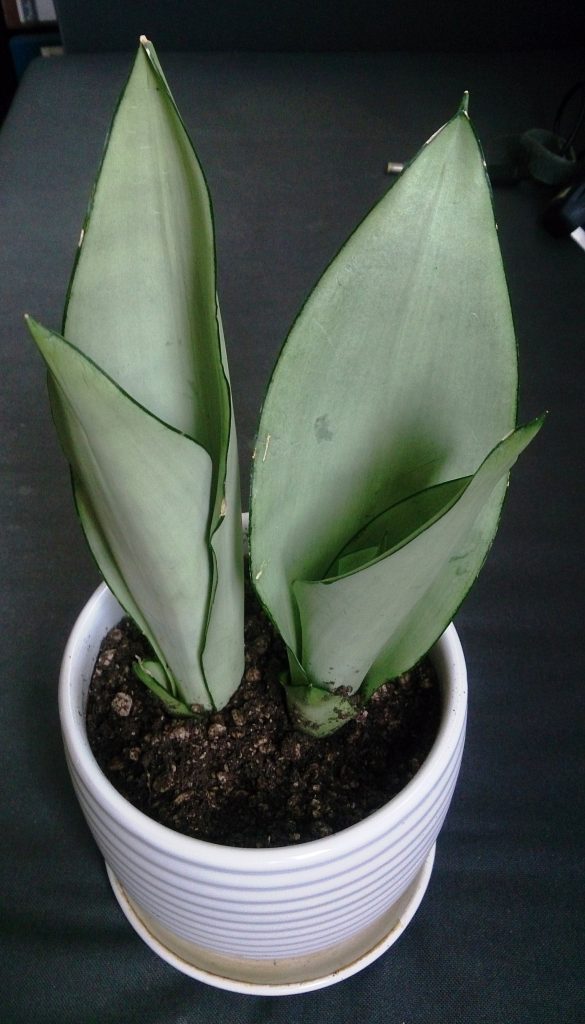
For Sansevieria Moonshine, you can use fertilizers intended for cacti and succulents. When choosing a product, you need to pay attention to ensure that it does not contain excess nitrogen.
The fertilizer is dissolved in water in the proportions specified by the manufacturer. The pike tail is watered with it 20-30 minutes after the main watering. You cannot feed plants on dry soil.
Succulents do not like excess fertilizer. Therefore, it is better to fertilize no more than once a month and only from April to September.
If the flower has been replanted, it cannot be fed for at least 2-3 months.
Trimming
Sansevieria Moonshine does not require formative pruning. Old and yellowed leaves are usually removed at the time of replanting.
Soil and pot
The soil for the Moonshine Snake Plant should be loose, breathable, dry quickly, and have a neutral acidity level. The required pH level is 6.0-7.0.
To plant Moonshine Snake Plant, you can purchase soil intended for cacti and succulents. But it will still have to be enriched with loosening components.

Most substrates presented on the shelves of local stores do not contain them in sufficient quantities. Therefore, you can use a universal substrate for planting plants.
Suitable leavening agents:
- perlite;
- zeolite;
- brick chips;
- fine expanded clay (fraction up to 10 mm), etc.
It is better not to add vermiculite to the soil for succulents; it is considered too moisture-intensive for them. Some gardeners use Lechuza Pon and its analogs as raising agents.
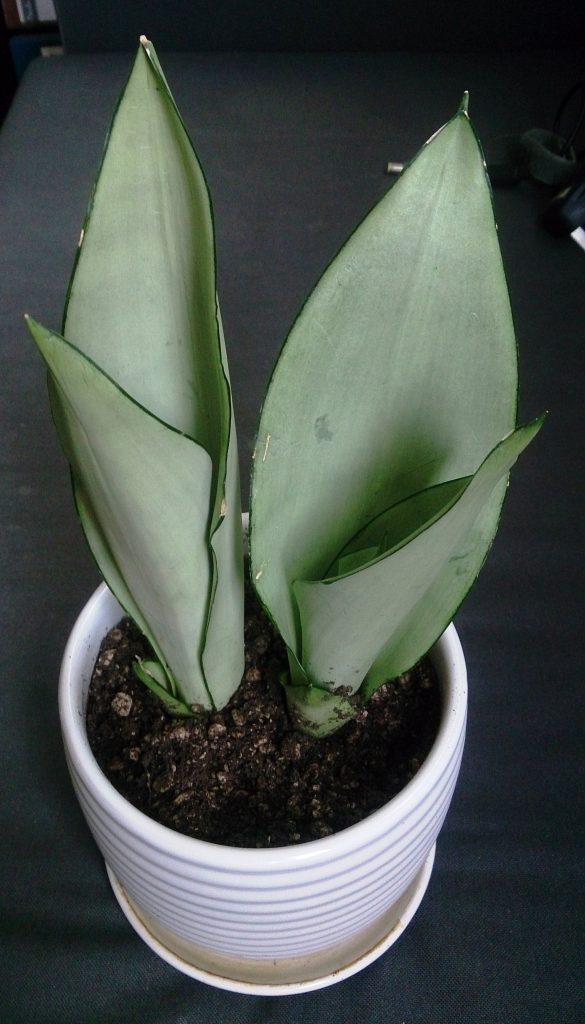
You can plant Moonshine Snake Plants in a clean mineral substrate. The only drawback of this solution is its high cost.
In Sansevieria Moonshine, the root system grows wider rather than downward. The pot for it should be wide, but shallow. The ratio of diameter to height is 1.5:1 and even 2:1.
It is desirable to have drainage holes. All types of Moonshine Snake Plants grow well in both clay and plastic pots. But if we are talking about a tall variety of Moonshine, it is better to give preference to the former, because they are heavier and more stable.
Sansevieria Moonshine: propagation and transplantation
The only way to propagate Sansevieria Moonshine is by separating little rosettes.
Propagation of Sansevieria Moonshine from leaves will produce a regular green rosette, without the silvery variegation.
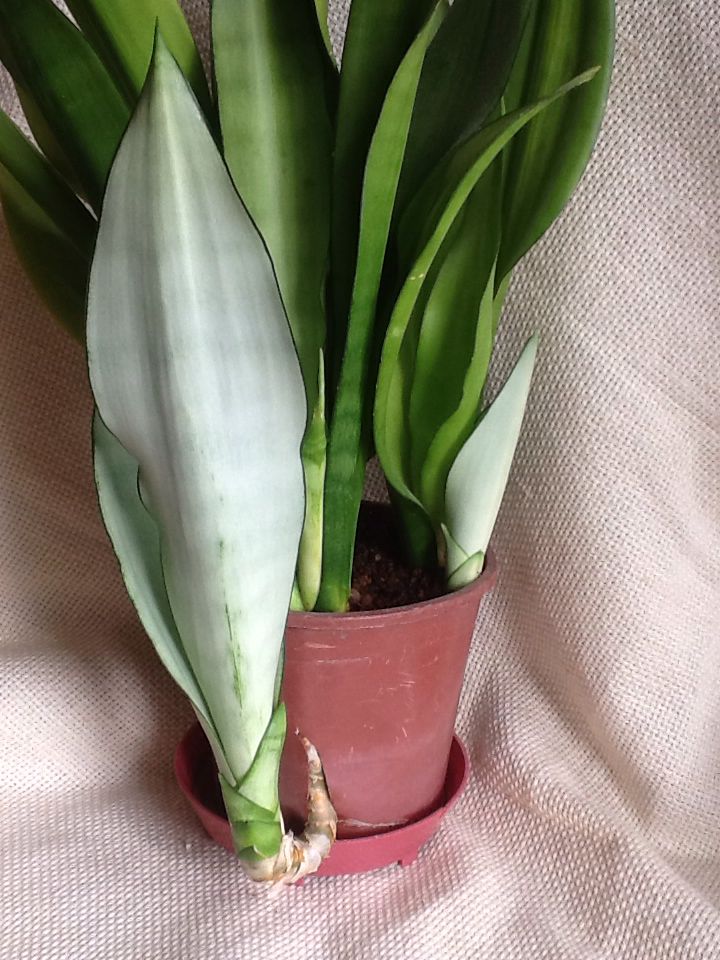
Separation of leaves is usually combined with transplantation of the mother plant:
- The leaves of tall varieties are tied to prevent damage.
- The pot is placed on its side. You should take hold of it with one hand and the leaves of the plant with the other.
- Carefully remove the plant from the pot. If it doesn’t come out, you can knead the walls or knock the pot on the edge of the table.
- Inspect the roots entwining the earthen ball. They should be elastic without any blackened areas.
- Shake off the ground. This is easier to do if the pike tail has not been watered for at least 7-10 days before transplanting.
- Find the place where the little leaves join the mother plant. It is a rather thick jumper.
- Cut the jumper with a sharp knife. The cut areas are sprinkled with crushed coal, cinnamon powder, or lubricated with brilliant green.
- Place drainage and a layer of fresh soil at the bottom of the new pot.
- Sansevieria is placed in the center, the remaining voids are filled with substrate.
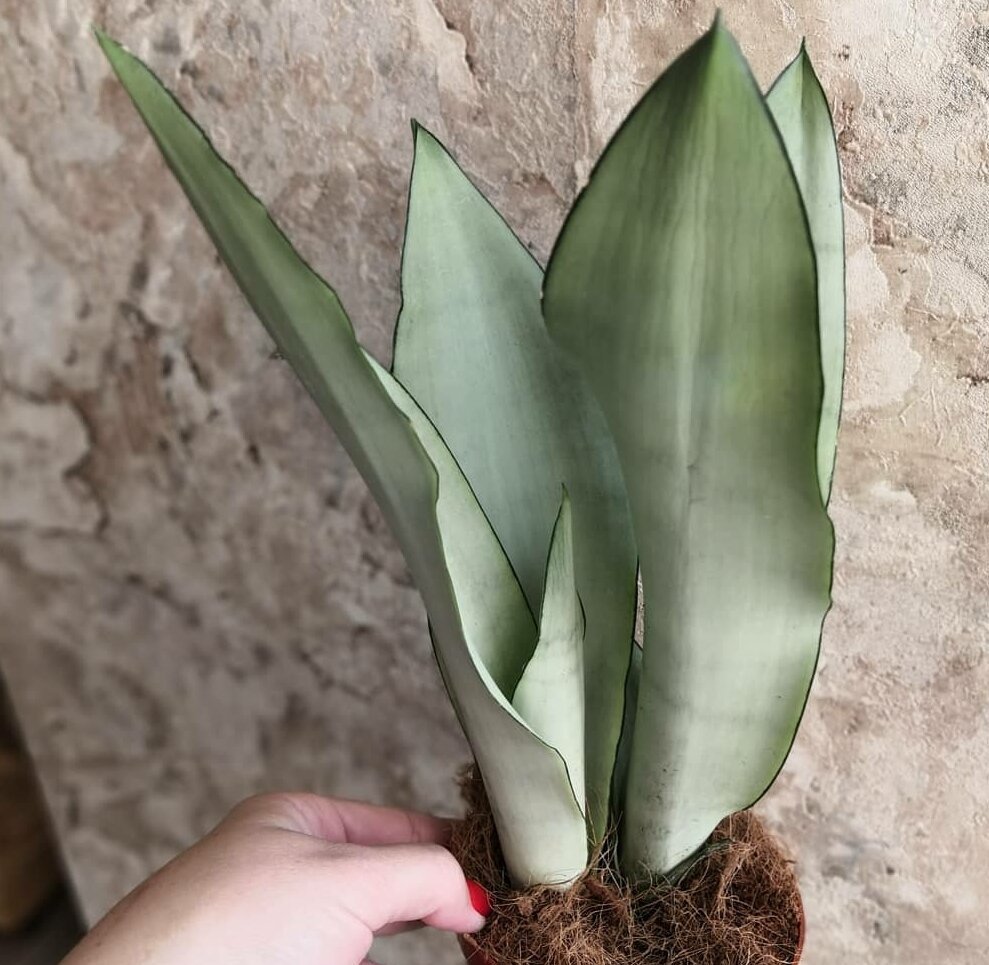
To plant separated plants, use the same soil composition in which the mother plant is located.
If there are no plans to separate the leaves and Sansevieria Moonshine sits on a high-quality substrate, Be sure to remove the old drainage and straighten the roots quite a bit.
After transplanting sansevieria by replacing the soil and separating the leaves, it is better not to water the plants for at least 7 days. After transshipment – at least 3 days.
The Moonshine Snake Plant has a fragile root system. This time is needed for the injured roots to heal. When watering immediately after transplanting, there is a high risk of rotting the damaged areas.
After transplantation, the plant can be placed in its original place. Shading and a greenhouse are not required for transplanted leaves.
Growing problems
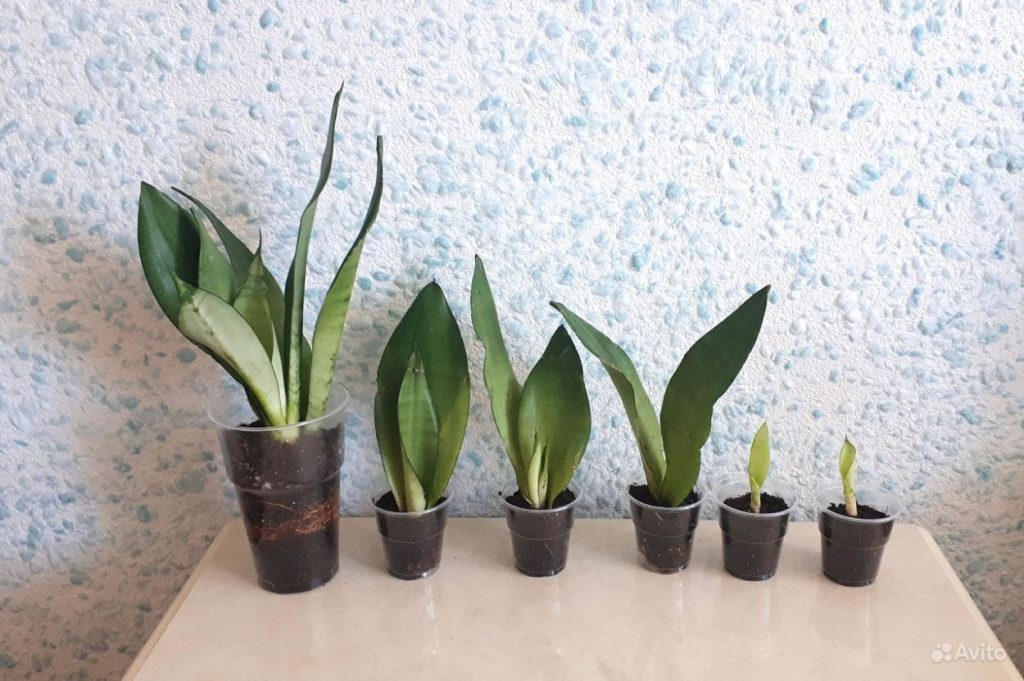
Although Sansevieria Moonshine is an unpretentious plant, keeping it in unfavorable conditions can lead to problems.
The most common mistake gardeners make is flooding the plant, which leads to the development of root rot. You can suspect its appearance based on the following signs:
- yellow or dark spots on leaves;
- loss of turgor by leaf plates;
- unpleasant smell from the potty.
Not only frequent watering can lead to root rot, but also choosing a pot that is too deep and large, as well as drafts and overcooling of the plant, and the abuse of nitrogen-containing fertilizers.
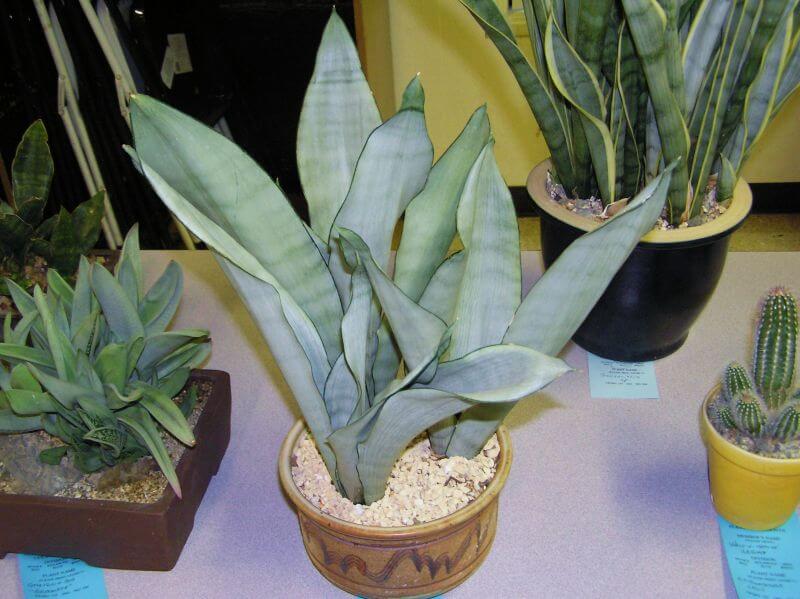
In this case, complete replanting is carried out with soil replacement, and the rotten areas of the roots are cut off. The flower is planted in a smaller pot, and the frequency of watering is reduced.
If the roots have rotted completely, re-root the rosette in perlite or light soil, as when propagating sansevieria by leaf.
Leaves can also shrink due to drought. But this usually happens if you do not water the plant for several weeks in the hot summer. In winter, the pike tail does not lose its decorative appearance for a month or more without watering.
Pests can attack Sansevieria moonshine only due to the weakening of the plant’s immunity under improper conditions. Among the species dangerous to Moonshine Snake Plants are spider mites, thrips, and scale insects.



